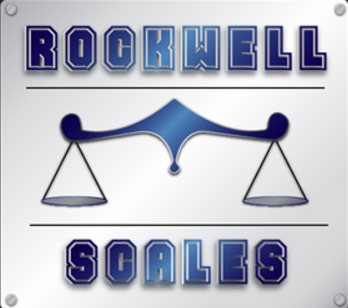The Three Types of Truck Scales in Montana
December 5, 2017 5:09 pm Leave your thoughtsA truck traveling the roads at full capacity is likely the heaviest thing you’re bound to see on the road—aside from oversized loads, of course. What’s more, these vehicles often need to be weighed en route to wherever they’re headed, to make sure they’re maintaining consistent mass in accordance with their manifest.
This presents a unique problem. How do you weigh something so heavy, yet in a manner that’s quick to get the truck back on the road without delaying the arrival time of its cargo? The answer is of course the utilization of truck scales in Montana and weigh stations across the highways of the United States.
But how exactly does a truck scale work so quickly, and how can we be sure it works effectively to deliver accurate measurements of a truck’s weight? That all depends on the type of scale being used. For trucks, there are three chief options:
- Load cell scales: Load cells are the gold standard for truck scales because they’re incredibly accurate and supremely durable. Numerous load cells are placed evenly across the surface area of a slab, connected to strain gauges that measure mass and transmit an electrical signal to a computer for a reading. The reason these scales are so accurate is because they continuously measure variance through a current—enabling officials to get an average weight for several seconds while the truck is parked still.
- Bending plate scales: This type of truck scale uses metal plates with strain gauges attached to them, to measure the mass of each axle of a truck. They work similarly to your bathroom scale, only on a much larger stage. They’re also effective because measuring each individual axle ensures weights are being calculated via proper distribution of mass.
- Piezoelectric scales: Piezoelectric sensors measure deformation and displacement in terms of electrical current. When these disc-shaped scales are compressed, they generate an electrical signal that determines the weight of the object exerting force on them. Think of it like a stress ball—when you exert force to squeeze the ball, it compresses. A piezoelectric sensor acts the same way, to show you how hard you’re actually squeezing.
While each of these truck scales in Montana utilizes much the same method to calculate the weight of the truck atop it, each has benefits that render it more or less applicable for certain situations:
- Load cells are very good for measuring aggregate-hauling trucks. If dirt or gravel in a dump truck shifts, the consistent current of these scales will read it.
- Bending plate scales are great for weighing multiple axles at once, independently. For 18-wheelers and other heavy haulers, this is often easier.
- Piezoelectric scales can be easily calibrated to deal with variance in weather, temperature or pressure, making them a great option throughout swinging climates.
Each scale works to deliver a clear and concise reading of a truck’s weight in mere seconds. For trucks that haul tons and tons of cargo over hundreds and hundreds of miles, this is quite the amazing feat!
Categorised in: Truck Scales
This post was written by Writer
